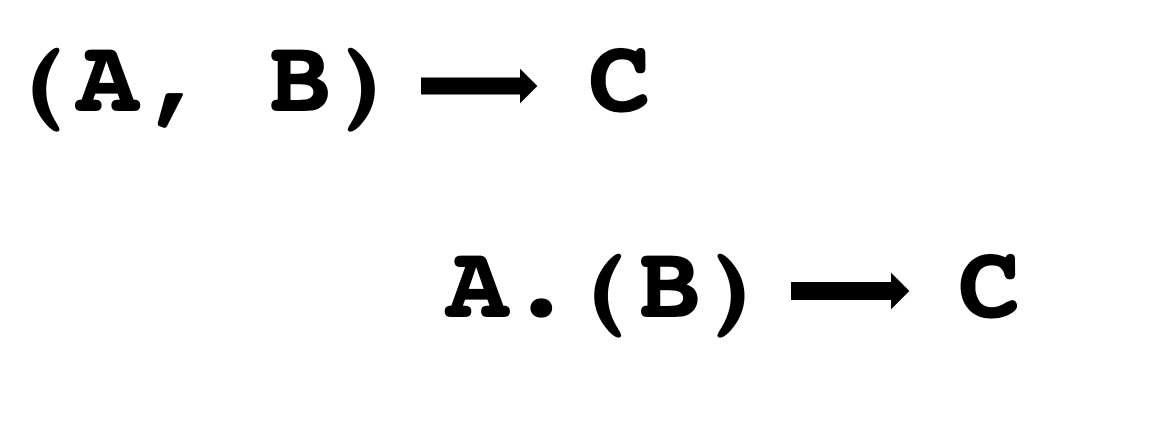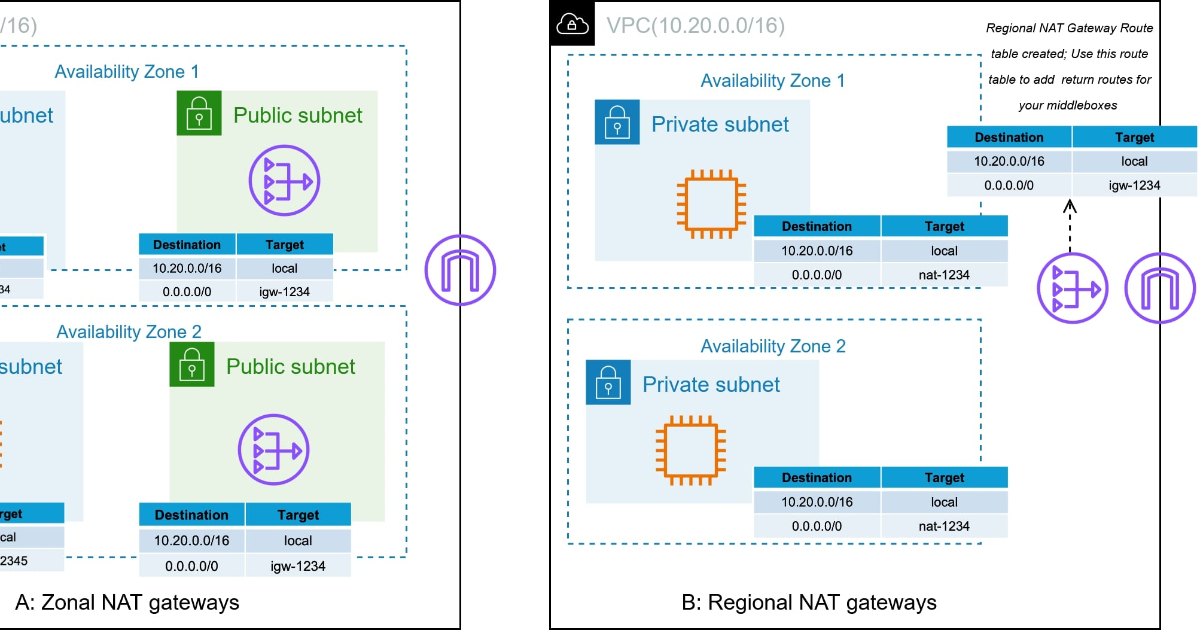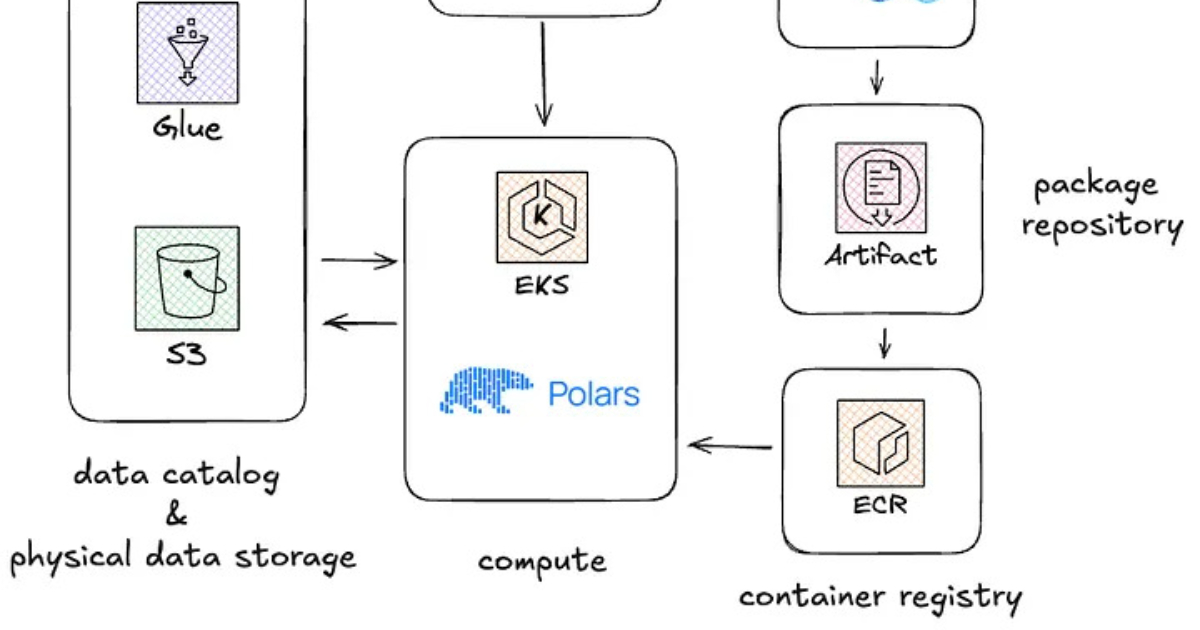Codetown
Codetown ::: a software developer's community
Kotlin Thursdays - Introduction to Kotlin Generics, Part 2
Hi folks! Welcome to Kotlin Thursdays. Last week, we examined classes, types, generic functions & parameters as well as covariance & contravariance in Kotlin. Folks told me there weren’t enough sloth facts, and as such, I will do my best to rectify this!
Let’s continue with our sloth and panda crews and write more functions with Kotlin Generics.
Resources
- Kotlin Generics: https://kotlinlang.org/docs/reference/generics.html
- Kotlin Reflection: https://kotlinlang.org/docs/reference/reflection.html
- Higher-Order Functions:https://kotlinlang.org/docs/reference/lambdas.html#higher-order-fun...
- Project Source code: https://github.com/Kotlin-Thursdays/Generics-in-Kotlin
Higher-Order Functions
Because Kotlin happens to be a functional language, Kotlin has a lot of really powerful characteristics functional purists might consider as pillars for functional programming.

One of these pillars, we’re only going to concern ourselves with the first Kotlin has first class citizens, which means that Kotlin may take functions as parameters. These are known as higher-order functions. What does it mean for a function to be a first-class citizen? All this means is that you are able to pass in a function argument as a parameter in a function. How meta!

This is a feature that is also comparable to Ruby, which facilitates higher order functions. The most common usage of higher order functions involves passing a block to a method, which is an extremely popular Ruby method.

Ruby allows you to inject different blocks into functions using yield, which involves passing a block to a method. With yield, the block is no longer a parameter to the method. The block is implicitly passed to the method. Yield makes executing the block feel like a method invocation within the method invocation rather than using an explicit call.

Kotlin shares a similar idea here, where you can inject different blocks, or functions, into a function. Like Ruby, Kotlin treats functions as first-class citizens. In Kotlin, the equivalent of block code is known as lambda functions, indicated by the pattern:

In (A, B) → C, this pattern indicates that a function expects a function parameter that takes 2 parameters type A and type B, and returns an output of type C.
In A.(B) → C, this pattern indicates that a function expects a function parameter that is an extension function of type A and that extension function takes a single parameter B that returns an output of type C.
In the scientific community, 6 species of sloths recognized.
In Costa Rica, there are only 2 types of sloths; the brown-throated three-toed sloth and Hoffmann’s two-toed sloth. Black eye patches and “smiling” mouths distinguish Costa Rica’s docile three-toed sloths, while the larger two-toed variety have white-ringed faces, brown snouts and shaggy coat1.

Hoffman’s two-toed sloth by minkewink from Pixabay
They actually have quite a bit in common with each other with subtle differences: for example, they both relieve themselves once a week and ARE ABLE TO EXPEL AS MUCH AS 1/3 OF THEIR BODY WEIGHT AT A TIME.
Despite their slow nature and digestive system, they can also swim in a manner that is very similar to the breaststroke.
It turns out, Pandas can also swim! As such, let’s write functions for these particular things that sloths can do:
If we test this out, we’re given:
JERRY CAN SWIM
JERRY FINALLY WENT THIS WEEK
Old weight: 15 | New weight: 13
BAE CAN SWIM
BAE FINALLY WENT THIS WEEK
Old weight: 12 | New weight: 10
ALEX CAN SWIM
ALEX FINALLY WENT THIS WEEK
Old weight: 20 | New weight: 16
We’ve written a higher order function that takes an action function which takes no parameters and gives no outputs, which is of the type Unit.
Let’s look at another example: All mammals (including giraffes) have 7 cervical vertebrae except for manatees who have 6 and sloths, who have 10. They put yogis to shame with their incredible flexibility!

Image from Michael Mosimann from Pixabay
Let’s write some functions comparing these animals by adding a manatee class and switching our Mammal class from open to sealed. Sealed classes are pretty cool, and you can learn more about it from Patrick Cousins’ KotlinConf talk from last year.
This way, we can write when statements in Kotlin, which will only consider these classes under the sealed class as all the exhaustive existing types.
KFunction1 happens to be a covariant/contravariance generic that represents a function with introspection capabilities! You can reference these functions with a ::, which in Kotlin is about meta-programming, including method references, property references and class literals. Sometimes you will see :: without a class in the front, indicating that a method is being call from within the class you’re in, but otherwise, the class you’re referencing a method from sits on the left. Kotlin is smart enough to detect parameters as needed — but you might want to read into it a little more and experiment yourself!
Class KFunction1 has generic parameters defined as <in P1, out R>, P1with in modifier and R with out modifier. This means that there will be:
- Contravariance on
P1introduced byinmodifier — AnyKFunction1<PSuper, R>will be a subtype ofKFunction1<P, R>ifPSuperis a supertype ofP. - Covariance on
Rintroduced byoutmodifier — AnyKFunction1<P, RSub>will be a subtype ofKFunction1<P, R>ifRSubis a subtype ofR.
Therefore you will be able to assign KFunction1<PSuper, RSub> to a variable of type KFunction1<P, R>.
You’ll notice that we can feed in vertebraeCount() and knownSpeciesCount(), but what if we tried to feed in an endangered function named isEndangered()?
fun Mammal.isEndangered(): Boolean {
return when (this) {
is Pandas -> true
is Manatee -> false // upgraded to "threatened"
is Sloths -> true
}
}
If we tried to feed this function in to our checkMammalFacts function, the compiler would complain, because it expected the type KFunction1<Mammal, Int> and we’re feeding in KFunction1<Mammal, Boolean>.
Well, I hope you enjoyed these sloth facts and learned a little bit about higher-order functions in Kotlin!

Next week, FOR SURE, we’ll go over reified generics in Kotlin. Till next time!
Sources Cited
“Sloths.” Costa Rica, www.costarica.com/wildlife/sloths.
Tags:
Replies to This Discussion
Notes
Welcome to Codetown!
 Codetown is a social network. It's got blogs, forums, groups, personal pages and more! You might think of Codetown as a funky camper van with lots of compartments for your stuff and a great multimedia system, too! Best of all, Codetown has room for all of your friends.
Codetown is a social network. It's got blogs, forums, groups, personal pages and more! You might think of Codetown as a funky camper van with lots of compartments for your stuff and a great multimedia system, too! Best of all, Codetown has room for all of your friends.
Created by Michael Levin Dec 18, 2008 at 6:56pm. Last updated by Michael Levin May 4, 2018.
Looking for Jobs or Staff?
Check out the Codetown Jobs group.
InfoQ Reading List
Google Metrax Brings Predefined Model Evaluation Metrics to JAX

Recently open-sourced by Google, Metrax is a JAX library providing standardized, performant metrics implementations for classification, regression, NLP, vision, and audio models.
By Sergio De SimoneAWS Introduces Regional Availability for NAT Gateway

AWS has recently introduced regional availability for the managed NAT Gateway service. The new capability allows developers to create a single NAT Gateway that automatically spans multiple availability zones (AZs) in a VPC, providing high availability, eliminating the need to define separate gateways and public subnets in each zone.
By Renato LosioDecathlon Switches to Polars to Optimize Data Pipelines and Infrastructure Costs

Decathlon, one of the world's leading sports retailers, recently shared why it adopted the open source library Polars to optimize its data pipelines. The Decathlon Digital team found that migrating from Apache Spark to Polars for small input datasets provides significant speed and cost savings.
By Renato LosioAWS Expands Well-Architected Framework with Responsible AI and Updated ML and Generative AI Lenses

At AWS re:Invent 2025, AWS expanded its Well-Architected Framework with a new Responsible AI Lens and updated Machine Learning and Generative AI Lenses. The updates provide guidance on governance, bias mitigation, scalable ML workflows, and trustworthy AI system design across the full AI lifecycle.
By Leela KumilioRPC Releases Version 1.0 with OpenAPI Support and End to End Type Safety

Introducing oRPC 1.0, a cutting-edge TypeScript library for building typesafe APIs, offering a stable, production-ready solution with full OpenAPI integration. Key features include enterprise-grade type safety, complex type support, and seamless integration with popular frameworks. With superior performance and comprehensive migration guides, oRPC emerges as a choice for modern API development.
By Daniel Curtis
© 2025 Created by Michael Levin.
Powered by
![]()